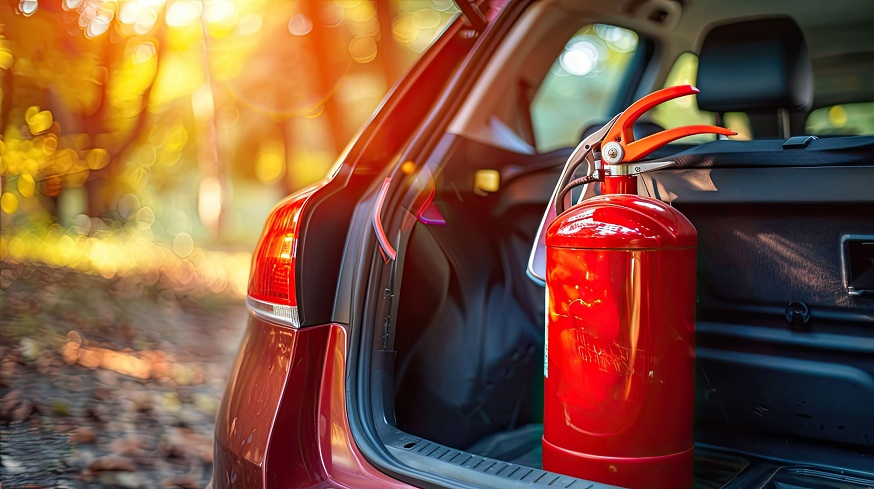Being stranded on the side of the road is every driver’s nightmare scenario. From dead batteries to flat tires and everything in between, roadside emergencies are no fun. But a little preparation goes a long way toward keeping you safe and getting you back on the road quickly. That’s why every smart driver packs a well-stocked emergency kit in their vehicle. Let us look at the must-have items to include.
The Basics: Tools and Supplies
At the core of any good emergency kit are some basic tools and supplies. A solid lug wrench and jack are necessities for changing a flat tire. Flares and reflective triangles create high visibility to alert other motorists. A solid flashlight or headlamp assists with nighttime repairs. And duct tape has about a million provisional uses from temporarily patching holes to lashing things together.
Being Jumper Cable Ready
Few things are more frustrating than a dead battery leaving your car immobile. Including a set of heavy-duty jumper cables is wise, but also consider a 12-volt battery jump starter as backup. According to the good folk over at Clore Automotive, these portable power packs crank most dead batteries with a simple cable connection, meaning no second vehicle is required. Just be sure to fully charge the Clore Jump Starters every six months.
Fix-a-Flat and Other Tire Accessories
Besides a proper lug wrench and jack, it is smart to have a few other tire-changing accessories at the ready, too. Quality Fix-a-Flat or tire inflator/sealant canisters provide a much easier temporary flat repair solution compared to removing and remounting the spare tire. A basic plastic tire gauge ensures proper inflation levels. And thick gloves protect your hands from dirt and grime while changing a tire.
First Aid
Getting stranded with a flat is one thing, but what if there’s an actual fender-bender situation? Having a first aid kit with bandages, antiseptic wipes, gauze, medical tape, and other supplies covers any minor cuts or bruises. Warning triangles and a safety vest allow you to work outside the vehicle more safely. And a basic tool kit with wrenches, pliers and screwdrivers can maybe even fix minor mechanical issues.
Staying Nourished and Hydrated
Long delays along a remote stretch of highway could leave you and passengers stuck for hours awaiting a tow truck or repair service. Be prepared with basic nutrition and hydration essentials like bottled water, energy bars or trail mix. Hand warmers can provide relief during winter weather waits. And some hard candies or chewing gum occupies young passengers. Similarly, keeping an old blanket in the trunk makes any roadside waiting more comfortable.
Brush Up on Owner’s Manual Knowledge
Consulting your vehicle’s owner’s manual familiarizes you with things like the jack operation, fuse panel diagrams, and other handy details in case of emergencies. Some manuals even provide basic repair instructions for minor issues like jump starting the battery or changing the serpentine belt, which could potentially get you going again. Taking a picture of any roadside assistance information with your phone gives quick access to numbers to call for help.
Conclusion
Assembling many of these key components into a designated car emergency kit means you will be ready to manage most routine situations that leave you temporarily stranded. The right preparation provides serious peace of mind and may just help you safely get back on the road again much sooner. No one wants to end up stuck on the highway awaiting a tow truck, especially in inclement weather or isolated areas. But having an emergency kit stocked with essential tools, supplies and provisions turns that stressful scenario into merely an inconvenience.

